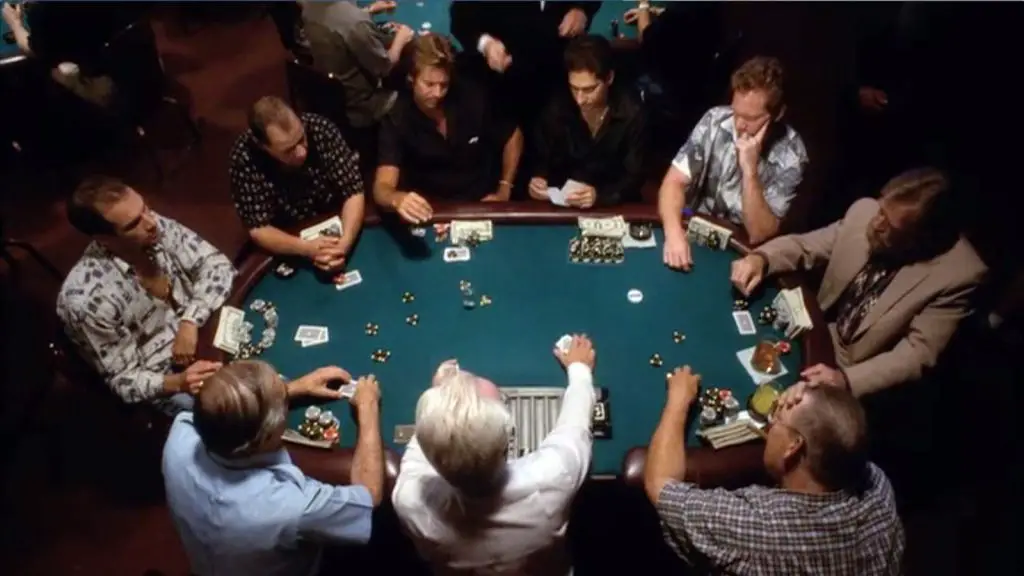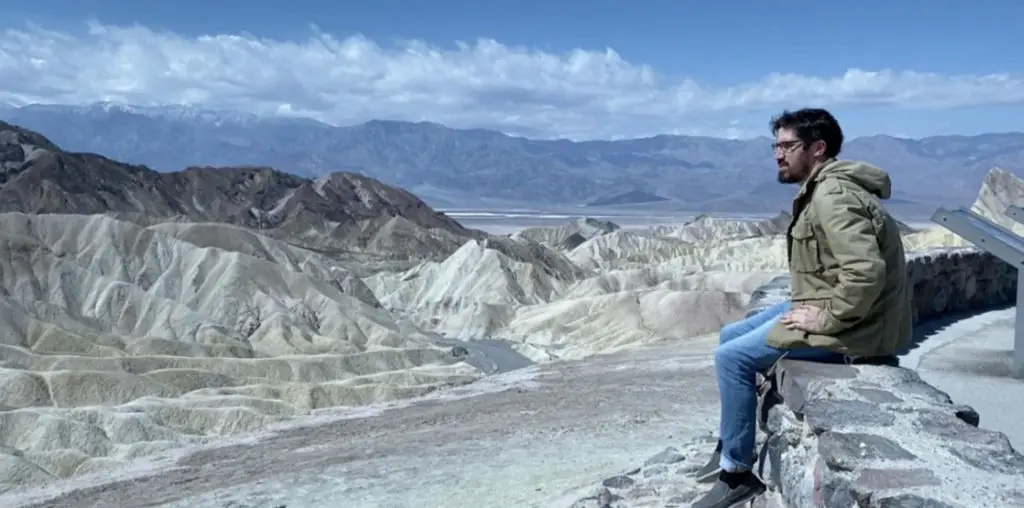
“King Kong” features a classic love story: Ape meets girl. Ape loses girl. Ape gets girl back, climbs to the top of the tallest building in the world, and is killed by biplanes. In the end, though, we feel sorry for the big lug.
I think I’m safe in assuming you know the basic story of this one. If you don’t, you will after Peter Jackson’s remake comes out in December. So let’s get into the details of this DVD release.
Warner Bros. sent me the “King Kong” Collector’s Edition tin set, which includes the same two DVDs found in the cardboard-bound Collector’s Edition. While casual fans will be happy with the latter, die-hard Kong-ites will want the former, which also features a reproduction of the program from the premiere at Grauman’s Chinese Theater on March 24, 1933, as well as five 4 x 6 reproductions of different classic “King Kong” posters and a coupon for a 27 x 40-inch reproduction of the original movie poster. It’s a really nice set that showcases the love and attention Warner Bros. has been paying to its classic films lately.
The DVD release of “King Kong” has been delayed a couple times, mostly due to the fact that Warner Bros. put a lot of resources into cleaning up the film for the best presentation possible. (The desire to tie into the Kong mania that will accompany Jackson’s film was probably a big part of the reason too, I’m sure.) It was worth the wait: the version of the movie found on disc one is probably really damn close to what the audience saw on that March night 72 years ago. I’m glad this film was saved before it was too late.
Disc one also features a commentary with special effects masters Ken Ralston and Ray Harryhausen, interspersed with archival material from old Merian C. Cooper and Fay Wray interviews. Ralston and Harryhausen recorded their part together. They gush over the film a lot, as you might expect, but they still offer some good information. The Cooper and Wray stuff is much more intriguing, since they were able to talk about the film from a production point-of-view, but some of the Cooper discussion suffers from poor quality. I’m still glad Warner Bros. made the effort to include their comments, however. Too bad, though, that no film or audio interviews with Willis O’Brien, who pioneered the special effects techniques used in this film, survive to this day.
Well, admittedly, I don’t know for certain that no O’Brien interviews are still in existence. I’m simply repeating what someone said in the disc two documentary. But it’s a shame that a film like this had so little in the way of documentation that survived. Imagine if we had to simply guess how the guys at ILM pulled off the work they did on the original “Star Wars” movies.
Moving on to disc two, the centerpiece there is the 2.5-hour “RKO Production 601: The Making of King Kong, Eighth Wonder of the World.” This is easily one of the best film documentaries I have ever seen. It leaves no stone unturned as it traces the development of “King Kong” through comments from Ralston, Harryhausen. Jackson, Phil Tippett, Frank Darabont and many others. I never knew the back story to this film, so I found it fascinating how “Kong” grew out of Cooper and co-director Ernest B. Schoedsack’s early work making adventure movies. They pulled off some crazy stunts, like getting a tiger to run after them and stick its face in the camera lens. The idiots who do “Jackass” have nothing on the two of them.
Unfortunately, RKO was so obsessed with secrecy that they allowed no behind-the-scenes filming. They even went so far as to publicly disseminate fake information about how the effects were created, so that no one at the time knew how they were done. The stop-motion effects created by O’Brien and his team back then may seem quaint now, but they were truly amazing at the time. Audiences had literally never seen anything like it.
The coolest bit in this documentary comes when the infamous spider pit sequence is addressed. The footage from that cut scene, which was likely never seen by anyone outside those involved in the film’s production, is long gone, but Jackson, Darabont and a couple others sat down and used the shooting script, along with the scant surviving photos and storyboards, to figure out how it was likely presented. Then Jackson tasked his WETA effects crew with reproducing the scene, down to matching the grain found in the rest of the film.
WETA wasn’t allowed to use computers to create the effects, though. They had to do them the old-fashioned way, building models and then painstakingly moving them a teeny bit, snapping a shot, moving them a little bit more, snapping a shot, etc., until their arms fell off. It might sound akin to water torture, but Jackson’s team loved the challenge. They also built little sets the way they were made back then (wait until you see how those jungle scenes were created; they weren’t just simple dioramas) and even x-rayed one of the surviving models (now owned by Jackson) to figure out how it was assembled.
The resulting footage was never intended to be put back into the film, of course, but it gives fans a glimpse at how it probably looked. And the behind-the-scenes footage also offers a look at how those guys probably worked back then, minus the suits they always wore, even when they were mowing their lawns.
You can watch the spider pit scene on its own, if you want, along with about five minutes of footage from “Creation,” the movie O’Brien was working on before RKO pulled the plug and he moved over to “Kong.” Some of the models from that project were repurposed for “Kong,” which is why there were dinosaurs running around Skull Island. Hey, not only was it cheaper than building new creatures, but who doesn’t want to watch a giant ape kick a T. Rex’s a*s?
Disc two also includes “I’m King Kong! The Exploits of Merian C. Cooper,” a one-hour documentary that profiles a man who was basically Hollywood’s Hemingway. He flew biplanes during World War I, getting shot down a few times and even escaping a Soviet POW camp, before meeting Schoedsack and pulling off crazy stunts involving film cameras and wild animals. The inspiration for “King Kong” came from that, and the rest is history.
I’m looking forward to seeing Jackson’s vision of “King Kong,” of course, but the original will never be equaled. Kudos to WB for giving this movie the treatment it deserves.


There were print (newspaper) interviews with O’Brien.